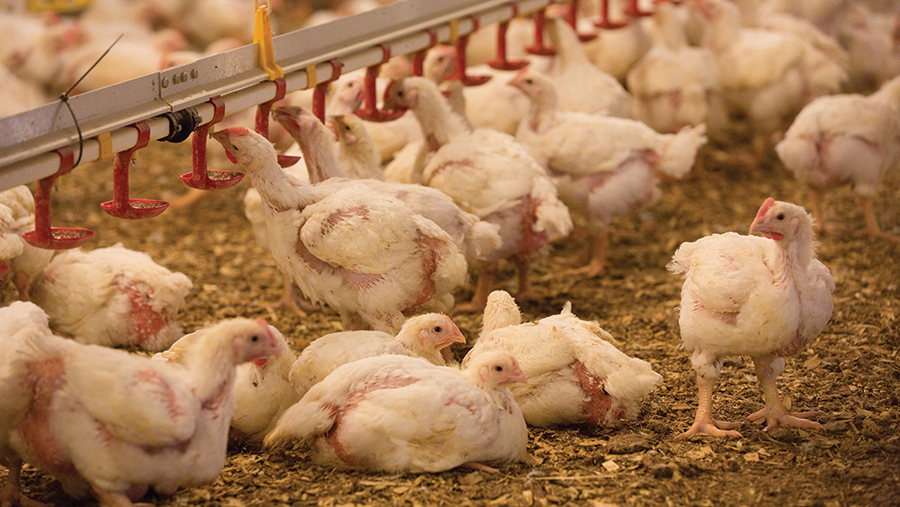Poultry farms on high alert as avian influenza hits the Netherlands
 © Tim Scrivener
© Tim Scrivener Poultrykeepers are being urged to increase their vigilance and biosecurity following confirmation of a case of high-pathogenic avian influenza in the Netherlands.
According to news reports, some 35,7000 broiler breeders are being culled on a farm in Altforst in the centre of the country.
See also: Tips to minimise avian influenza risk on your farm
Dutch poultry farmers have subsequently been instructed to house their birds, to minimise contact with wild birds, and a movement ban has also been imposed on eggs, live birds and other farm products within a 10km radius of the farm.
It is understood that there are some 25 other poultry farms in the 10km zone, plus a hatchery and two egg-packing sites – so disruption to the Dutch egg market is expected.
The development, which occurs at the peak season for migrating birds, follows the confirmation of H5N8 highly pathogenic avian influenza in two wild mute swans in the Netherlands last week.
This prompted Defra to raise the risk level of avian influenza occurring in wild birds in the UK from low to medium.
However, a statement from the UK’s four chief veterinary officers insisted the risk of the disease being introduced to poultry farms remains low.
“We are monitoring the situation carefully and bird keepers should remain alert for any signs of disease, report suspected disease immediately and ensure they are maintaining good biosecurity on their premises.”
Advice from Defra’s chief veterinary officer, Christine Middlemiss
- Clean and disinfect clothing, footwear, equipment and vehicles before and after contact with poultry – if practical, use disposable protective clothing.
- Reduce the movement of people, vehicles or equipment to and from areas where poultry are kept to minimise contamination from manure, slurry and other products.
- Use effective vermin control.
- Thoroughly clean and disinfect housing at the end of a production cycle.
- Keep fresh disinfectant at the right concentration at all points where people should use it, such as farm entrances and before entering poultry housing or enclosures.
- Minimise direct and indirect contact between poultry and wild birds, making sure all feed and water is not accessible to wild birds.
